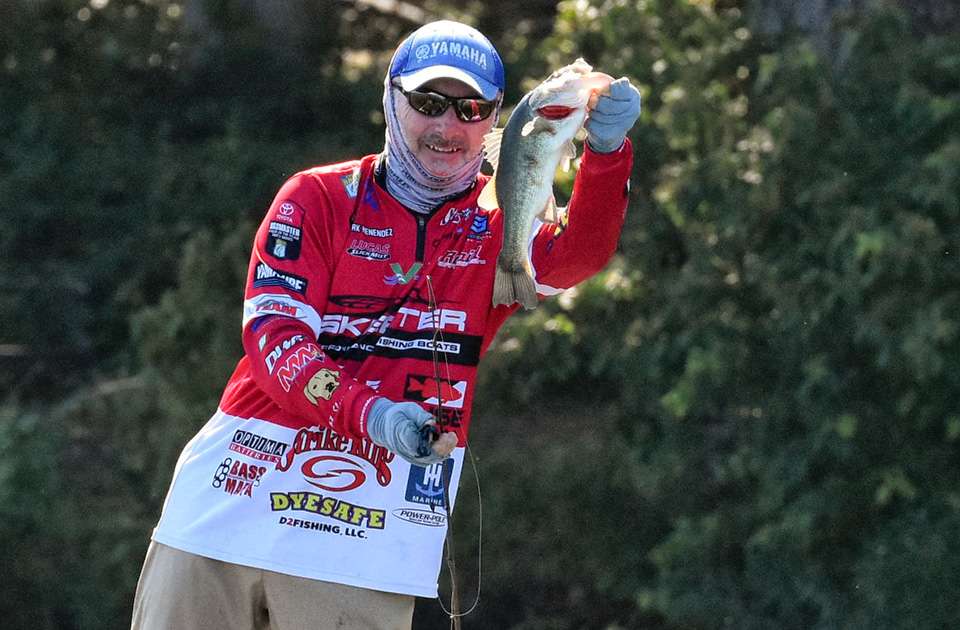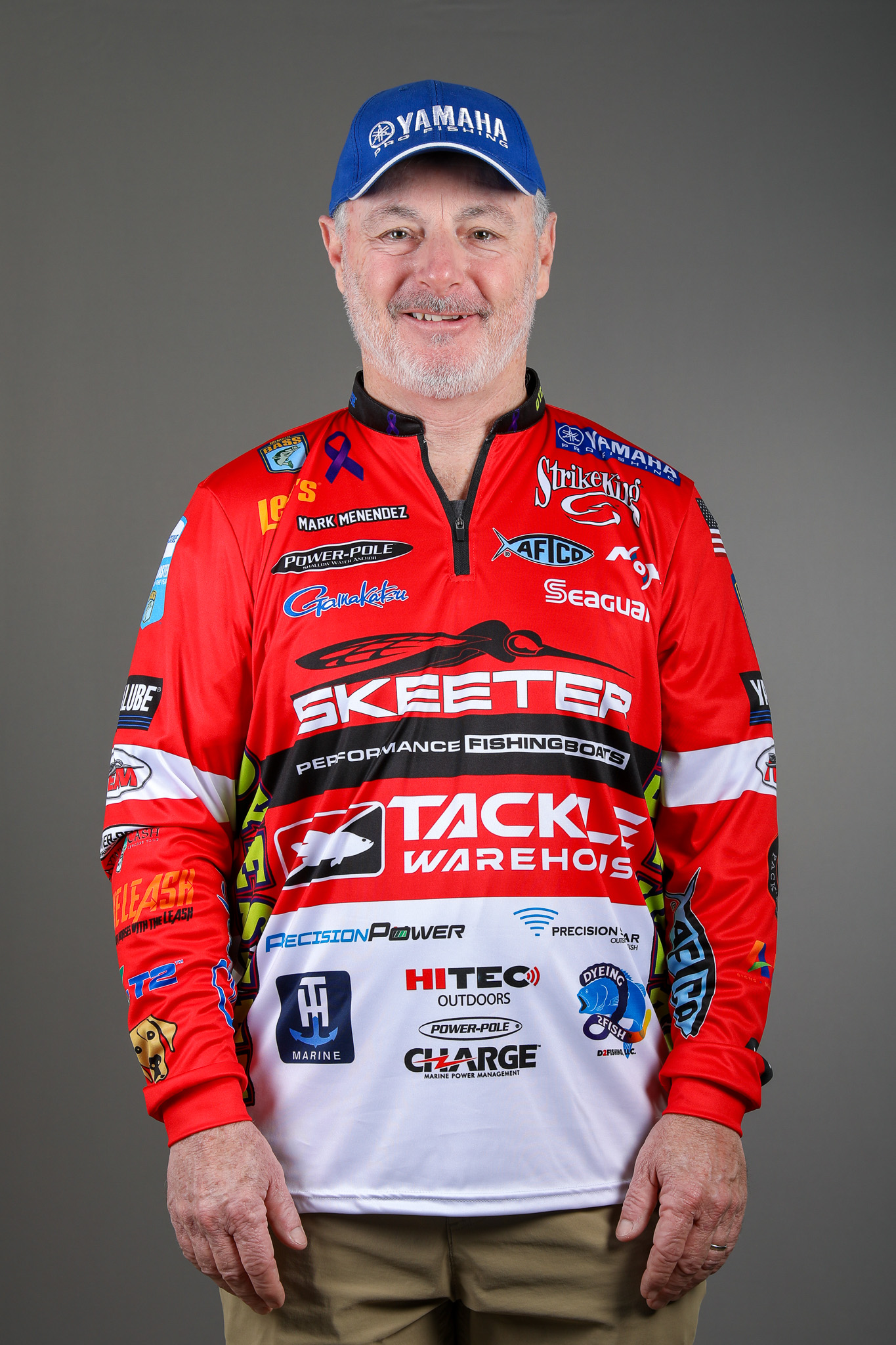
In this first column on why bass bite certain lures we’ll talk about plastics. In later columns we’ll look at crankbaits and topwater plugs. They’re all a little different in their attraction to bass but the basics are pretty much the same — they trigger a predatory response, they look like something to eat and they don’t pose a threat.
The predatory response is the first thing we need to look at when we’re thinking about eliciting a strike from a bass. Above all else they need to eat and avoid being eaten. So when we select a plastic we need to pick one that attracts their attention, looks like it’s alive — bass are not scavengers — and that won’t turn on them and attack.
That might be the attraction of one of the hottest plastic presentations right now, the Ned rig. If you think about this one for a minute you’ll realize that it could look like a couple of different things to a bass. Maybe they perceive it to be a crawfish scooting along the bottom. Maybe they see it as a baitfish picking algae off the bottom. Or maybe they see it as nothing they recognize. It’s moving so it needs to be attacked and eaten.
Much of their perception is probably dependent upon how we fish our bait and what one we use. If we’re dragging it along, it probably looks more like a crayfish. If we’re hopping it up off the bottom and letting it fall back down it probably looks like a feeding baitfish. It’s also possible that it just looks like it’s alive because it’s moving.
And, if it has appendages coming off its body it might resemble a crayfish. But if it’s a simple cylindrical shape it probably looks more like a baitfish. We don’t know, and we will never know. What we do know is that bass see it as something to kill and eat.
Yet another good example of what I’m talking about is the Strike King Rage Tail Space Monkey. When most anglers first look at it they’ll say it’s supposed to be a crayfish or a frog. I understand why anglers think that, but I see something totally different.
I see something that looks like a bluegill when it’s swimming through the water. I don’t usually fish it on the bottom or on top for that reason. Am I right? Nobody knows for sure, but I can tell you that when there’s a bluegill bite on the Space Monkey is the first thing I reach for in my boat.
It’s a matter of perception. The tentacles and claws have a natural swimming motion when it’s cranked horizontally. The bass, as a predator, sees that as an easy target, and it’s not big enough to be a threat.
For the reasons I’ve discussed color is important with plastics, especially in clear water. The bass doesn’t see, feel or hear the individual parts of a plastic lure. It sees the whole package. Color is a part of that.
I’m a firm believer in matching the hatch whenever possible. The more a lure looks like the real thing the more likely a bass is to attack it.
When you grab for a plastic lure keep some of these things in mind, especially the part about perception and the fact that what you throw will be seen as a total package. Your bait doesn’t have to be perfect, just good enough to fool a bass.





